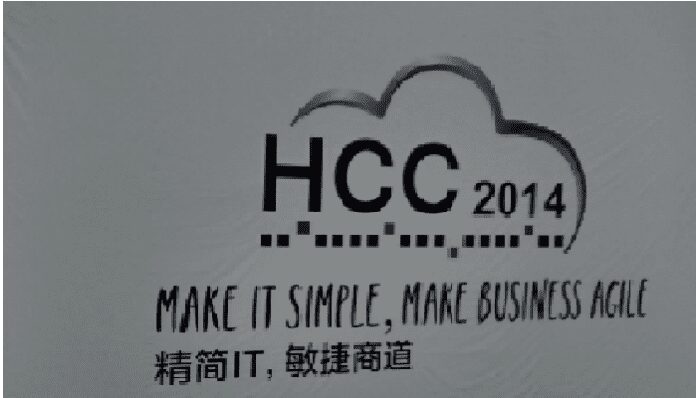Shanghai — The U.S. market remains a focus for Huawei, although the U.S. government has labeled the Chinese giant IT and telecommunications company as a security threat. The main driver to grow in the U.S. market relies on the enterprise business, which, according to top executives listened by RCR Wireless News has “a pretty good development.”
“The enterprise business in the U.S. is increasing. It’s totally different from selling to telecom operators. For normal kind of enterprises we are having a lot more of success, because enterprises are focused on making their business better,” said Ron Raffensperger, CTO, IT Solution Sales at Huawei, in a video interview, held at Huawei Cloud Congress.
Raffensperger also disclosed Huawei’s data center strategy and how active-active will contribute to gain space in an already mature market, as well as what company plans to do in order to compete with other giant companies, such as IBM, Dell, Hewlett-Packard and EMC, in a role that they have more tradition.
“The concept of data center is moving from a physical concept, that I can walk into the room and see it, to a more a logical construction,” he said when explaining how cloud computing is changing data center.
Active-Active launch
Huawei launched its active-active data center disaster recovery solution during the Huawei Cloud Congress, held in Shanghai this week. Oracle is the key partner. As pointed out by Mr. Zhang Shunmao, president of the marketing and solution department of Huawei, the active-active attends the demand companies have following the development of cloud computing and big data which made enterprises centralize their applications and data.
The center of the launch touches the fact that corporations cannot tolerate downtime today. Companies understand how much they are losing. Unplanned data center outages are expensive and the cost of downtime is rising. According to the Ponemon Institute, the average cost per minute of unplanned downtime is now U.S.$7,900 up a staggering 41% from U.S.$5,600 per minute in 2010.
“New economy demands create a new data center. Cloud provides hope for scalable, flexible, agile and available data center,” noted Avneesh Saxena, group VP domain research of IDC Asia/Pacific. According to him, it’s necessary to build a disaster recovery plan with sufficient redundancies across IT and non-IT parameters: active-passive versus active-active configuration; software defined approach for better resiliency; and the need to consider technology, people and connectivity.
To be down in the digital economy becomes even more critical. Several businesses have zero tolerance for delays. Huawei showed the company aims to solve this by combining technologies and solutions.
Travel costs to Chinas were provide by Huawei.

